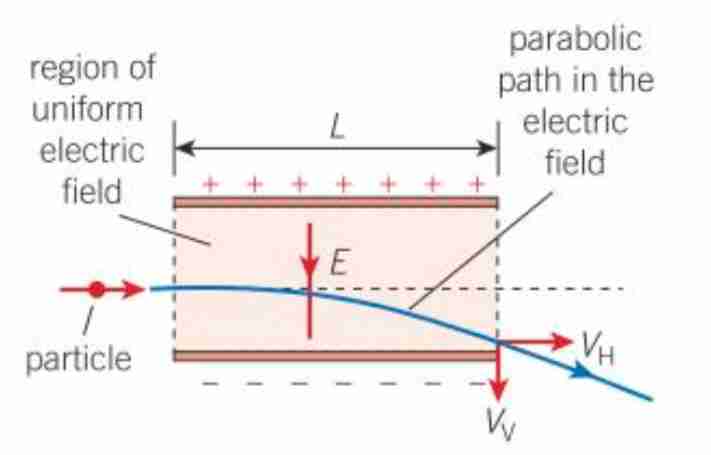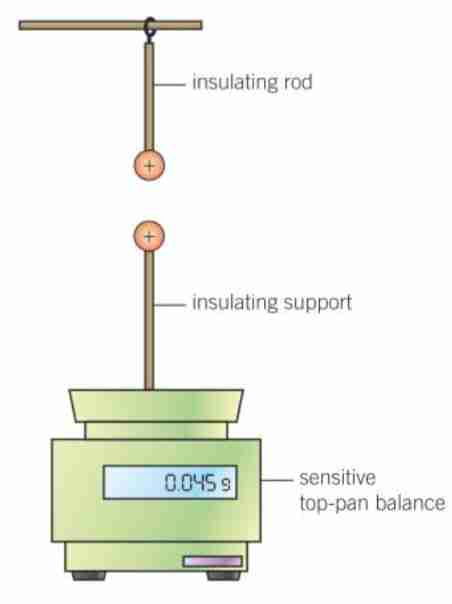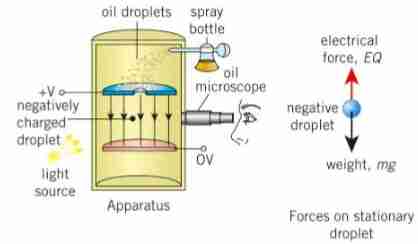Electric Fields
1/12
Earn XP
Description and Tags
Name | Mastery | Learn | Test | Matching | Spaced |
|---|
No study sessions yet.
13 Terms
What is an electric field?
An electric field is a region around a charged particle where other charged particles experience a force.
What’s electrical field strength?
Force experience per unit of positive charge at the point. Measured NC^-1. It can also be measured Vm^-1
What is Coulumb's law?
The net Electrical force/ Electrostatic force is proportional the the products of the charges, and inversely proportional to the square of the distance between their centers.
What is permittivity?
This is a constant number, the ability for a material to be polarised and store charge. Permittivity of free space is in a vacuum therfore it has the lowest value 8.85×10^12 . Relative permittigity of a material times ‘of free space’ gives the permitivity
What is electrical potential?
Work done per unit charge to bring a positive charge from infinity to that point. Only applies in constant field strength.
Capacitance in electrical fields
Capacitance is proportional to the area of overlap of the plate and inversely proportional to the distance between them. C=3A/d
A capacitor just stores charge so if we have a sphere it’s just 1 single plate, voltage = kQ/r therefore charge=Vr/k. Capacitance =Q/V =r/k
Electron gun between two charged plates
-ve charge on top, +ve charge on bottom, field is uniform and goes from bottom up, it has a pd across it.an electron experiences a force that’s constant and accelerates down. We can find final vertival velocity, since horizonal velocity is constant. Time= L/vh Force =V/d. Acceleration=F/m=EQ/m
v=u+at and u=0 therefore vv= 0 +(EQ/m)(L/vh)
Final velocity is EQL/mvh. We can use to find angle : tan (vv/vh)

how to find work done on graph
This is area under f-d graph. Remember it has an inverse relationship.
What’s equipotential?
Points were electrical potentials are the same
Investigating Coulumbs law
Balls can be anything conductive, even tennis balls covered in conductive paint. Charge them up by touching +ve electrode of high tension supply. Closer they are higher force experienced on the balance .
Plot F -1/d² to see linear relationship.

Finding relative permattivity
Clamp 2 Al plates a set distance away from each other. Connect to a multimeter to find C using Q andV at various areas of overlap. Plot graph C-A and gradient is 3/d
Millikans experiment and quantisation of charge
Sprays fine oil into an electric field that’s made by 2 oppositely charged plates. Droplets are -very charged from friction at the nozzle. They experiment gravitational force down, electrostatic force up. We looknat this through an oil microscope.
